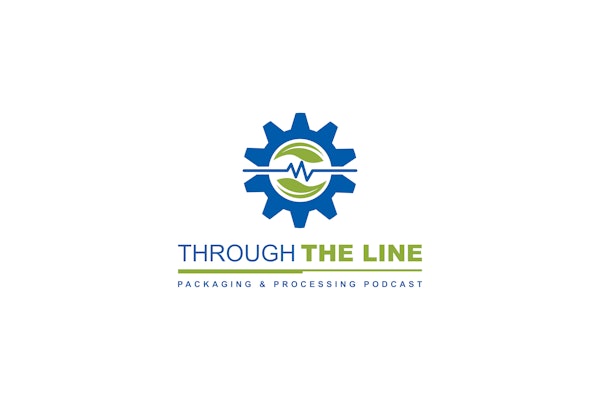Speakers were Ignacio Munoz Guerra, general director of AutoPak Engineering Corp.; Carl Traynor, senior director of marketing, Motoman Inc.; and Enrique Moran, director of engineering and automation for Baxter Healthcare in Aibonito, Puerto Rico. Following are key points from the session:
• Expenditures on robotic automation in medical and pharma in North America was $394 million in 2004. It's expected to reach $670 million by 2011. "We think this may be a conservative number considering some of the pressures we've seen in labor costs and other areas," said Traynor.
• Frequent product changes have come to the healthcare packaging sector just as they have in food, beverage, health-and-beauty, and other sectors. The flexibility inherent in robotic solutions makes them increasingly suitable for healthcare packaging.
• Robots have become easier to use, while their costs decrease. They used to be harder to program, and they weren't particularly intuitive. But much of this has improved thanks to PC-based technologies using Windows at the front end. Also, drag-and-drop capabilities have replaced more laborious—and mistake-prone—keystroking. Creating and storing programs can now be done much more easily.
• Mean time between failure is greatly improved and handling accuracy has increased. "Material-transfer accuracy is crucial," said Moran. "If you don't have tight enough tolerances, you're going to have big problems."
• "Robot solutions are too often viewed as a technology that eliminates jobs when in fact in some cases they can save jobs because use of them may permit a manufacturer to stay in North America instead of relocating to a low-wage region," said Guerra.
• "We have robots doing a variety of jobs at Baxter, from primary packaging to palletizing," said Moran. "Improved efficiency, reduced operating costs, and contamination reduction are probably the key benefits. But increased flexibility is also a factor, and this is an area where robots have greatly improved recently, largely because of advances in programming ease. Robots also help us maximize use of plant floor space, and they minimize interruption caused by the human factor. Gowning and hair net costs are reduced, too."
• The systems integrator is a critical player in the process because the end effector is typically designed by the systems integrator, and it's the end effector that comes in contact with the containers being packaged. The integrator must know about sterility requirements, container contact, and much more. So be as selective in picking a systems integrator as you are in picking a robot builder.
• Cycle time is not the most important consideration, but a rule of thumb is that cycle time should be in the range of 10 seconds per cycle.
--By Pat Reynolds, Editor, Packaging World
• Expenditures on robotic automation in medical and pharma in North America was $394 million in 2004. It's expected to reach $670 million by 2011. "We think this may be a conservative number considering some of the pressures we've seen in labor costs and other areas," said Traynor.
• Frequent product changes have come to the healthcare packaging sector just as they have in food, beverage, health-and-beauty, and other sectors. The flexibility inherent in robotic solutions makes them increasingly suitable for healthcare packaging.
• Robots have become easier to use, while their costs decrease. They used to be harder to program, and they weren't particularly intuitive. But much of this has improved thanks to PC-based technologies using Windows at the front end. Also, drag-and-drop capabilities have replaced more laborious—and mistake-prone—keystroking. Creating and storing programs can now be done much more easily.
• Mean time between failure is greatly improved and handling accuracy has increased. "Material-transfer accuracy is crucial," said Moran. "If you don't have tight enough tolerances, you're going to have big problems."
• "Robot solutions are too often viewed as a technology that eliminates jobs when in fact in some cases they can save jobs because use of them may permit a manufacturer to stay in North America instead of relocating to a low-wage region," said Guerra.
• "We have robots doing a variety of jobs at Baxter, from primary packaging to palletizing," said Moran. "Improved efficiency, reduced operating costs, and contamination reduction are probably the key benefits. But increased flexibility is also a factor, and this is an area where robots have greatly improved recently, largely because of advances in programming ease. Robots also help us maximize use of plant floor space, and they minimize interruption caused by the human factor. Gowning and hair net costs are reduced, too."
• The systems integrator is a critical player in the process because the end effector is typically designed by the systems integrator, and it's the end effector that comes in contact with the containers being packaged. The integrator must know about sterility requirements, container contact, and much more. So be as selective in picking a systems integrator as you are in picking a robot builder.
• Cycle time is not the most important consideration, but a rule of thumb is that cycle time should be in the range of 10 seconds per cycle.
--By Pat Reynolds, Editor, Packaging World



















